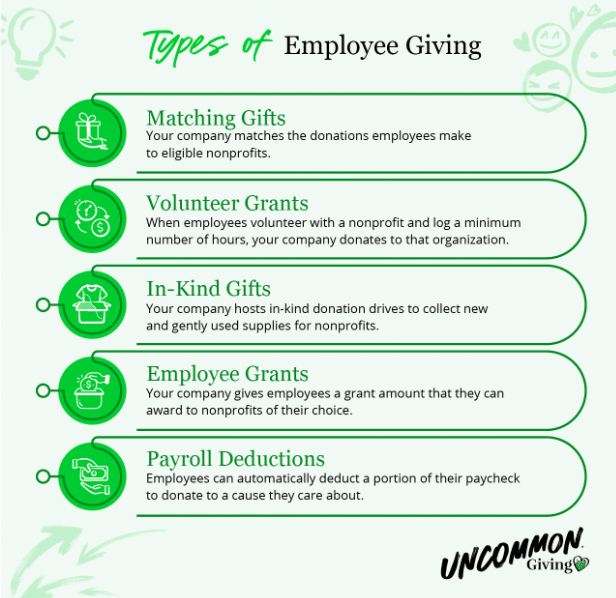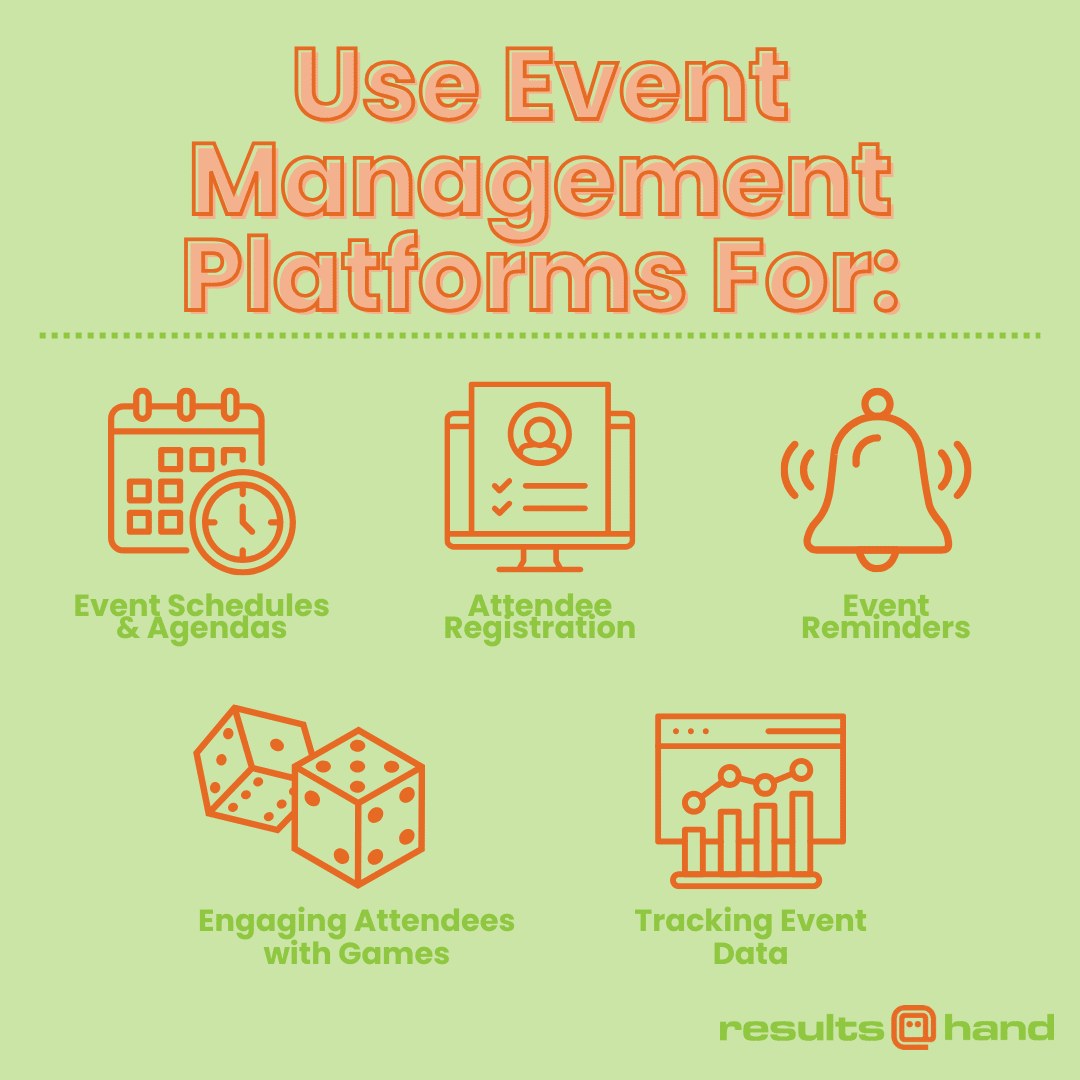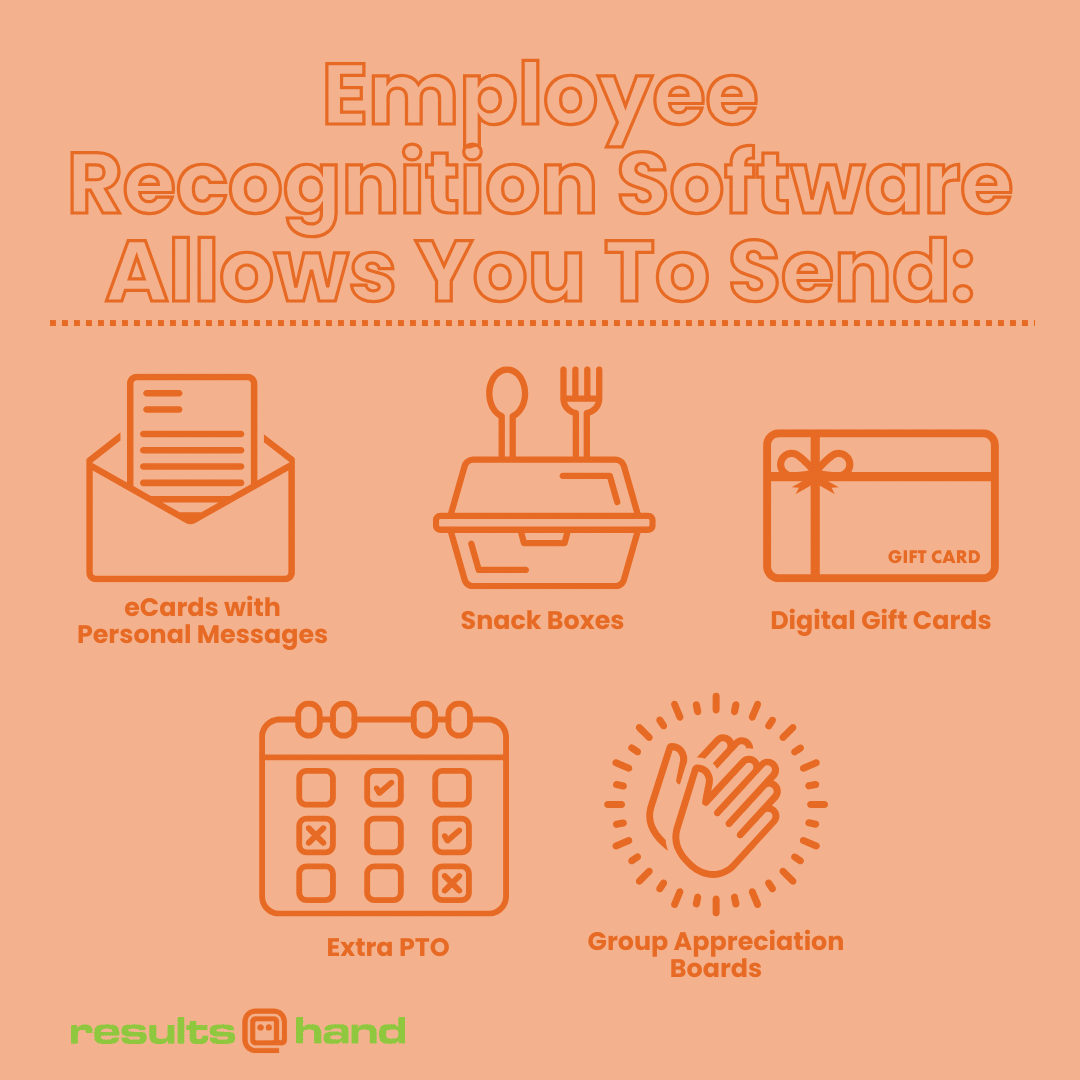4 Employee Engagement Tools to Consider Investing In

You’ve likely heard about employee engagement and its benefits, from increased retention to improved collaboration in the workplace. However, boosting engagement is not as simple as implementing additional strategies on the fly. Last year, employee engagement dropped to an all-time low over the past decade, with 3.2 million fewer employees engaged in 2024 than in 2023.
Your company may be actively trying to engage its employees, but you may need some help in appealing to their diverse needs, preferences, and expectations. Rather than spreading your leadership, HR, and management teams thin, look for tools that allow you to do more for your employees with less complexity.
Let’s explore four tools to enhance your employee engagement strategies and build a vibrant, thriving workplace at your company.
1. Employee Giving Software
 What inspires your employees to give it their all every day? While they may appreciate a generous wage, many want to feel they’re contributing toward something greater in their day-to-day work. With employee giving software, your company can create and manage these opportunities to make a difference.
What inspires your employees to give it their all every day? While they may appreciate a generous wage, many want to feel they’re contributing toward something greater in their day-to-day work. With employee giving software, your company can create and manage these opportunities to make a difference.
According to Uncommon Giving’s guide to employee giving, the most common types include:
- Matching gifts. When an employee donates to a nonprofit, your company matches that donation, typically at a 1:1 ratio. This giving opportunity allows employees to double their impact on causes they care about.
- Volunteer grants. When an employee volunteers with a nonprofit for a certain number of hours, your company donates to that organization. For example, you might give $400 for every 25 hours volunteered.
- In-kind gifts. Your company collects item donations from employees to support a local nonprofit. For instance, you might invite employees to contribute canned goods to help out a hunger relief organization in your area.
- Employee grants. Your company awards all or only top-performing employees with an annual grant they can give to an eligible nonprofit of their choice. This option puts employees in the driver’s seat of your corporate social responsibility (CSR) initiatives.
- Payroll deductions. Your company allows employees to automatically deduct a portion of their paycheck to donate to a nonprofit they select. This opportunity allows them to regularly support organizations close to their hearts.
Consider which types of employee giving you want to focus on and look for tools to facilitate those opportunities. For example, let’s say you’re interested in co-hosting fundraising events with a nonprofit that many of your employees support. In this case, you should invest in a platform with event management capabilities to easily plan and promote these events to your employees and the larger community.
2. Learning Management System
To nurture long-term employee engagement, you must help ambitious employees see that their future at the company is vibrant and full of new opportunities. Whether the employee is a new hire or a seasoned team member, a learning management system (LMS) allows your company to provide them with personalized training paths tailored to their roles and responsibilities.
With an LMS, you can:
- Level up employees with microlearning. Your employees are busy people. To respect their time while promoting their growth, offer microlearning activities that take 5-15 minutes to complete at a time. For example, they could listen to short podcast episodes, work through brief interactive scenarios, or review some online flashcards.
- Gamify learning to boost participation. Build a sense of community and excitement around your training program. Set up a leaderboard to inspire friendly competition among employees and award badges they can proudly display in their learning profiles.
- Help employees earn relevant certifications. Make it easy for your employees to stay at the forefront of industry trends and best practices by allowing them to complete a certain set of courses to earn certifications.
When researching and implementing an LMS for your company, ask for employee feedback throughout the process. Use their input to guide your decision-making so you can find tools that align with their specific interests and training needs. For example, you might discover that employees want the ability to discuss learning insights and questions in discussion forums with their peers.
3. Event Management Platform
 By hosting various events for your employees, you create more opportunities for them to meaningfully connect with your company and one another. Since events can be complicated to coordinate, consider using a dedicated event management platform for planning company retreats, fitness challenges, holiday parties, and more.
By hosting various events for your employees, you create more opportunities for them to meaningfully connect with your company and one another. Since events can be complicated to coordinate, consider using a dedicated event management platform for planning company retreats, fitness challenges, holiday parties, and more.
Some of the top event management platforms for companies will allow you to:
- Design detailed event schedules and agendas.
- Streamline the registration process for employees.
- Automate event reminders to employees who signed up.
- Engage attendees with mobile app games, such as scavenger hunts and photo contests.
- Track event data, such as attendance, to measure and compare performance.
If your company has remote or hybrid employees, an event platform that supports virtual or hybrid events is a must-have. These types of events are key to building a sense of community among employees who don’t often get the chance to interact face to face—plus, they can cut down your overall event budget since you won’t have to worry about venue and decoration costs.
4. Employee Recognition Software
 Imagine you went out of your way to help a friend pack and move into a new apartment. Though you weren’t expecting anything in return, the friend treated you to a nice lunch to express their gratitude. Through this small gesture, you know they truly value your friendship and don’t take you for granted.
Imagine you went out of your way to help a friend pack and move into a new apartment. Though you weren’t expecting anything in return, the friend treated you to a nice lunch to express their gratitude. Through this small gesture, you know they truly value your friendship and don’t take you for granted.
While you may not be able to give each of your employees this level of personal appreciation, there are recognition tools that you can use to ensure that no one’s hard work goes unnoticed. eCardWidget’s employee recognition software guide highlights some options that allow companies to:
- Design beautiful, branded eCards that you can send to employees with personalized messages.
- Send snack boxes to reward employees for their contributions to the company.
- Instantly deliver digital rewards such as gift cards or extra paid time off (PTO).
- Create a group appreciation board where employees can shout out their peers with messages and images.
Additionally, many of these recognition platforms come with survey tools to make your employees feel heard. Send out regular surveys to collect input on areas such as your company’s events, training programs, benefits, and more. These surveys can yield new insights to inform your employee engagement strategies going forward.
No matter which tools your company decides to use, from volunteering software to recognition eCards, remember that implementing new technology is a significant undertaking. Don’t feel as though your company needs to add all these solutions to your toolkit at once. Start by prioritizing the ones that align most with your employee engagement approach, and gradually build from there. Before long, you’ll be able to reap the benefits of your new technology!
Author Bio
 Andy Howell, CEO of Uncommon Giving
Andy Howell, CEO of Uncommon Giving
Andy Howell is the CEO of Uncommon Giving, a Charleston-based social impact platform that helps companies engage employees in workplace giving and volunteering—think of it as “generosity-powered” employee engagement. Uncommon Giving provides modern, cost-effective tools for employers to live their corporate values, improve employee morale, and enhance brand reputation.
Andy has spent the majority of his career working with SaaS companies serving the nonprofit, HR, and social impact spaces, including Blackbaud, Benevity, Benefitfocus, and Bloomerang. In his role today, he brings a distinct point of view to the meaningful connection between corporate social responsibility, employee engagement, and the desire to make the world a better place.
